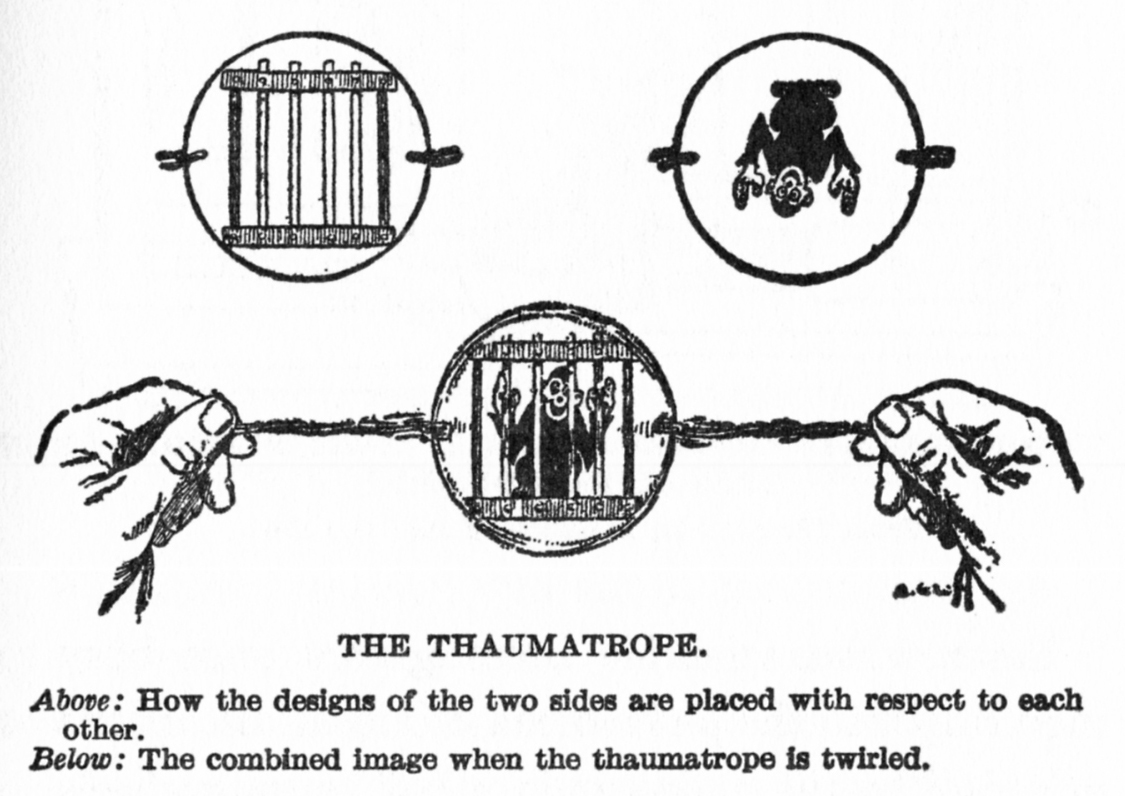To take essentially organic elements, a performance or a scene and apply this strict method of timing appears the simplest yet least forgiving and most stylised treatment.
In searching for examples, I found it difficult to identify
a piece of film that complied with this strict timing method that had not been
produced specifically for the purpose of demonstrating it.
Each shot is shoe-horned into the same number of frames. It
doesn’t appear to advance any story nor increase the visual appeal of the
piece. It may be that metric montage is not intended to stand in isolation.
Even without sound, these short, metric montages do convey
the physical violence of the gun shots. The images are hammered at the audience
as the gun is fired into the crowds. If the individual shots had been held any longer, the effect would be subdued, less violent. Any quicker and the images could have merged as in the Thaumatrope effect.
Stills taken from: October, Sergei Eisenstein (1927)


No comments:
Post a Comment